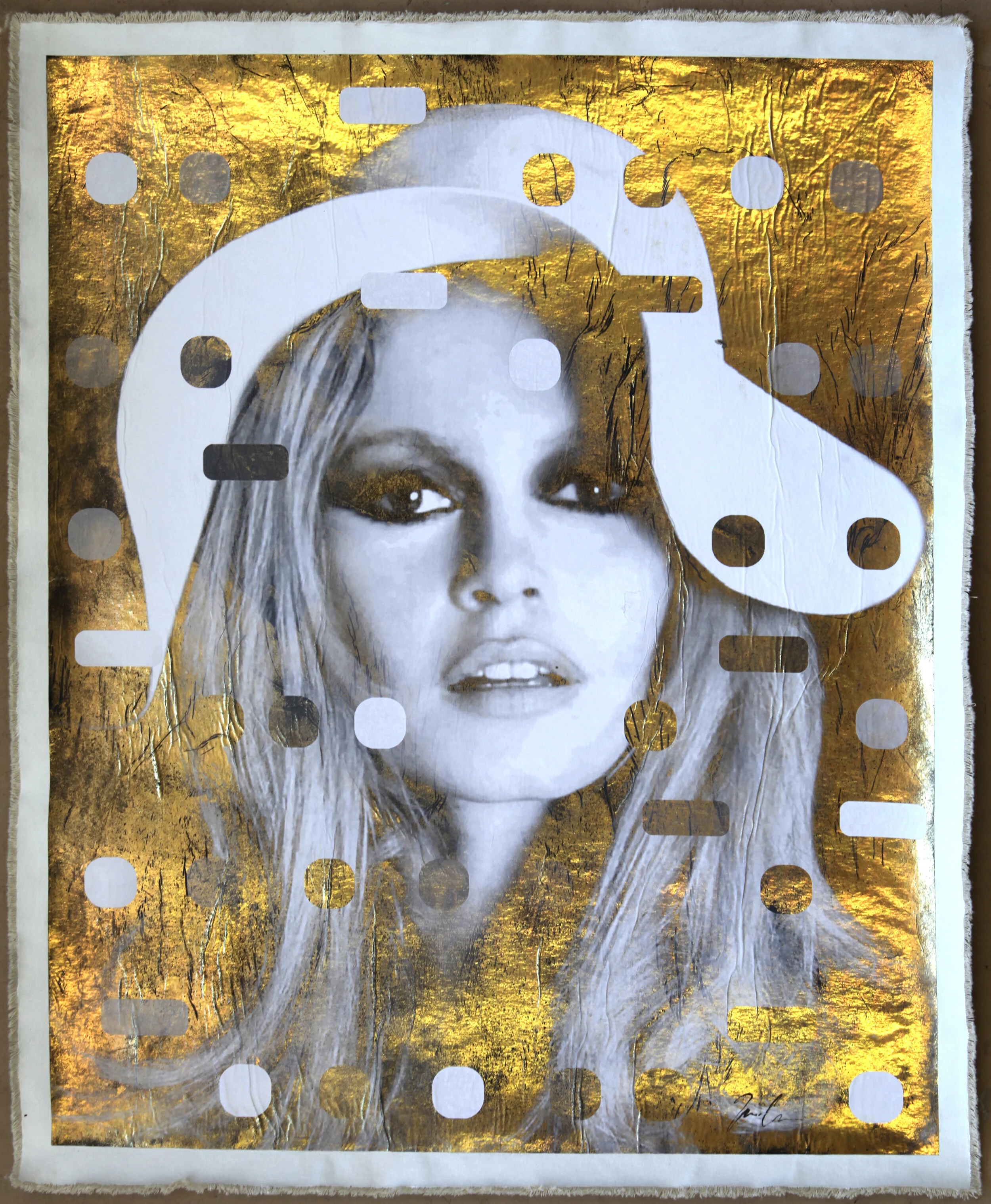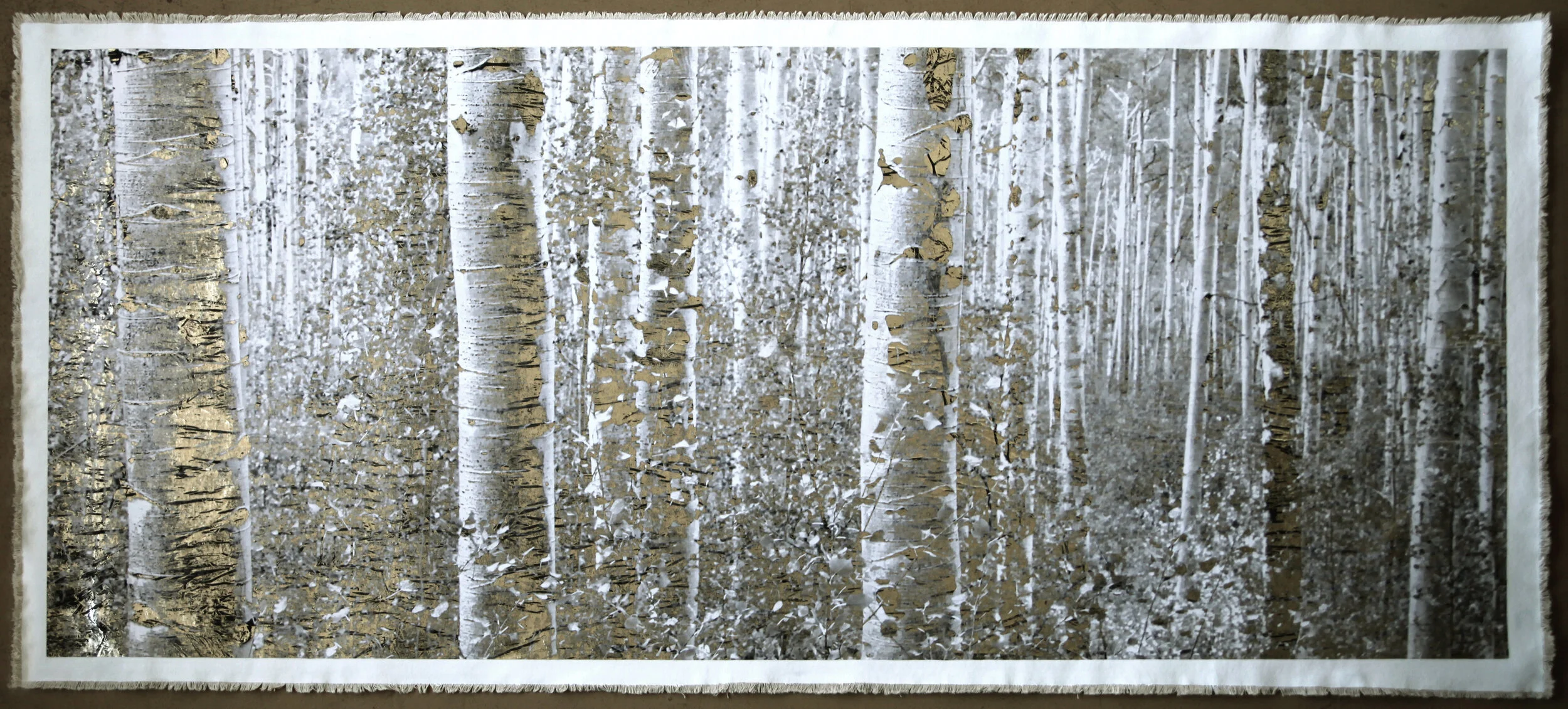Traversing Global Landscapes
New York based artist Bill Claps shares his memories of nomadic ventures across Asia in a search of a perfect landscape. He talks about his love for the Asian esthetic and the profound fascination with the birthplace of kung fu.
New York based artist Bill Claps shares his memories of nomadic ventures across Asia in a search of a perfect landscape. He talks about his love for the Asian esthetic and the profound fascination with the birthplace of kung fu.
INTERVIEW WITH THE ARTIST BILL CLAPS
Artist BILL CLAPS
From the artist’s archives
LES COULEURS: Our mission at Les Couleurs is to inspire, educate, and empower disadvantaged children through arts education. What advice would you give to our very young art students?
BILL CLAPS: Go to museums and art galleries whenever you can to see as much art as you can. And always experiment with new materials and ideas. As an artist, your interests and style will change and evolve as you proceed through life. Always be open to this, and don’t be afraid to make a big jump when it feels right.
LC: As a global artist, your art features China and Japan - what inspired you to choose this direction?
BC: When I was young I was obsessed with martial arts and was very interested in Asian culture. I practiced wrestling and judo, and a little kung fu, and was drawn to the discipline and spiritual element of the practice. After college, I spent a year traveling in Asia. In China, I climbed the Buddhist holy mountain of Emi Shan and visited Shaolin monastery, the birthplace of kung fu. I felt something really special in these mountains and the experience made a huge impression on me.
I love the Asian esthetic: the use of blank space, the graphic nature of the images, and the spiritual content of a lot of the work. I’ve done several series that reference Chinese landscape painting and Japanese woodblock prints.
LC: Is "It's All Derivative Series" about a link to the past? Tell us more.
BC: A lot of my work deals with art history, where I’m commenting on the imagery, motifs, and language used by artists and art writers. The “It’s All Derivative” series is about how as artists we get our ideas and inspiration. The series originally came about as I was thinking about my influences - both in my art and in my life - and I began to realize that as much as we want to compliment ourselves for all the “brilliant” work we’ve done in our lives, nothing we do is original. It’s impossible not to have been influenced by all those who have come before you, and you need to pay homage to that.
In this series, I take images that have been used and recycled by many generations of artists, and I make my version of them, using a unique gold foil technique I developed and combining it with text in Morse code. All the works in the series have “It’s All Derivative” written on them in Morse code.
I like using Morse code, which I’ve used in a couple of art series because it’s a way to make my works more narrative, but in a less literal and more mysterious way that intrigues the viewers and invites them to investigate the work further. Morse code was the first digital code of the information age, but it is no longer used, so it’s both modern, but with a retro aspect to it. This is important to me, particularly with this “It’s All Derivative” series, which comments on art historical ideas. I also like the code’s simple, clean elements, which I can distort and abstract in interesting ways to fit the images in my artworks.
So the series is about searching for the motivation and meaning behind the artistic expression, as well as a questioning of our place in the continuum of art history.
BILL CLAPS
It's All Derivative, Brigitte, Positive, 2017
Mixed Media with Gold on Canvas
26 x 33 in
BILL CLAPS
Morototoni, 2016
Mixed media with gold foil on canvas
LC: About your global connection to Miami - when did you exhibit for the first time, what do you think about the art scene now?
BC: I’ve been coming to Miami for many years for Art Basel week and every year I’m amazed by how much the city has evolved. Construction has been booming and Miami’s become a lot more international, but the art scene still feels pretty local to me. There’s always such great art and energy during Basel week, but I think it’s been hard maintaining that energy and momentum year-round. Some international galleries have opened and closed a few years later because of this. But as more and more artists are moving their studios to Miami that will help drive the momentum.
LC: What are you working on now?
BC: This past year I’ve spent a lot of time in Asia: two exhibitions in China, at the Today Art Museum in Beijing and Art 33 Gallery in Hangzhou, and a two-month artist residency on a rural volcanic island in the south of Japan, called Kyushu. I’m working on a few projects related to these trips. One is the “Four Mountains” project, where I’m climbing and photographing the four Buddhist holy mountains of China to collect source photos for mixed media artworks I will make for an exhibition. I’ve climbed three holy mountains so far and will visit the final mountain the next time I have an exhibition in China, most likely next year.
BILL CLAPS
Majestic Oaks, 2015
Mixed Media on Canvas with Gold Foil
48 x 35 in
BILL CLAPS
Aspen Forest, Maroon Bells, 2017
Mixed media with gold foil on canvas
50 x 33 in







